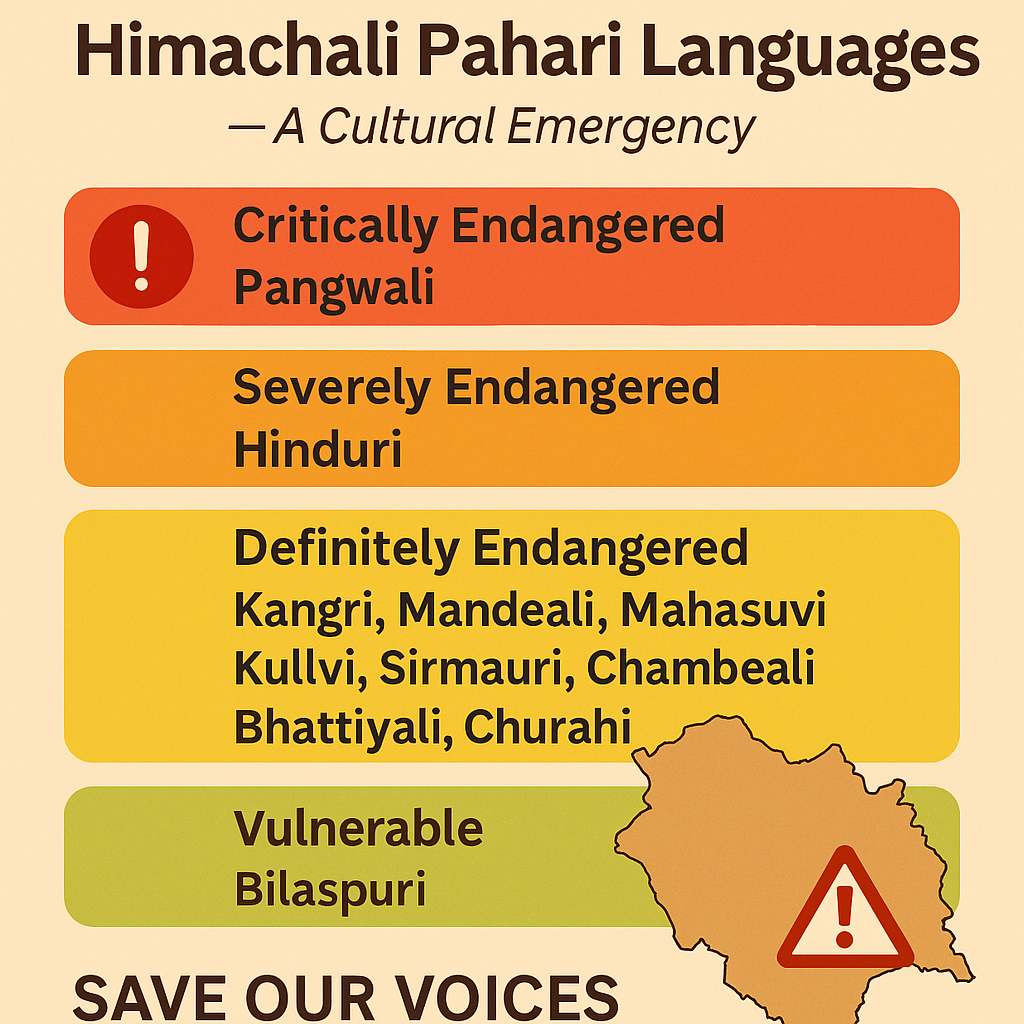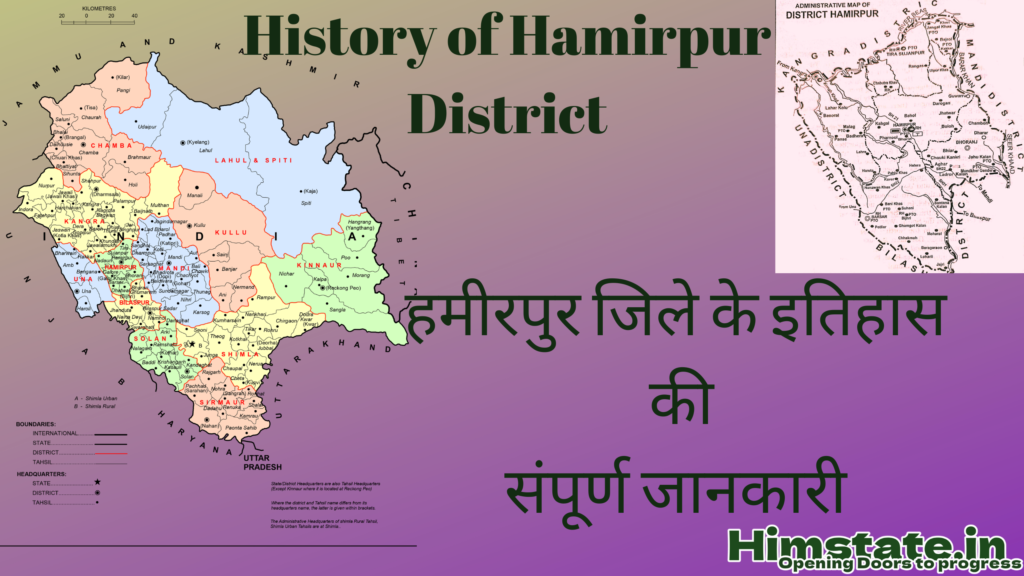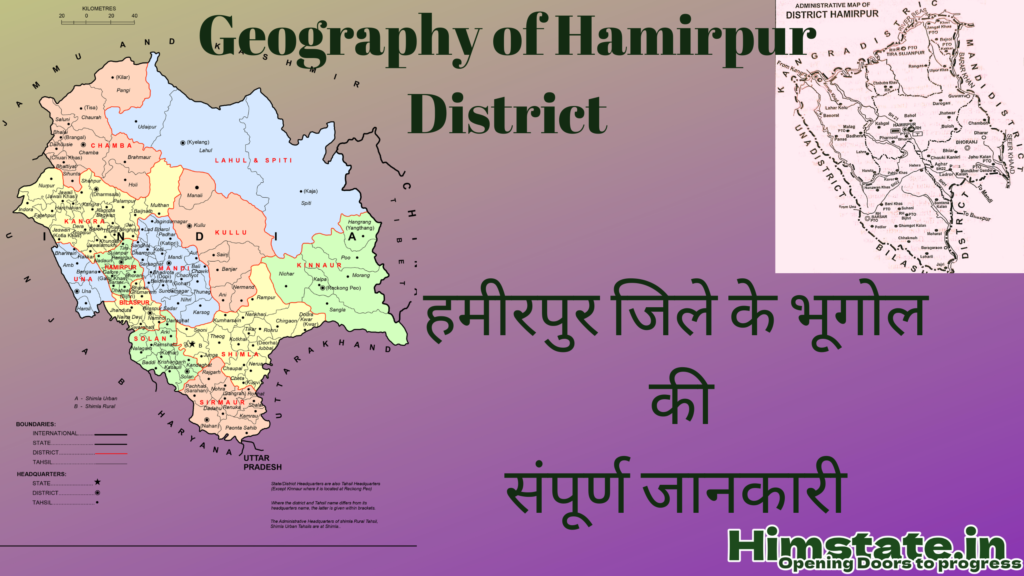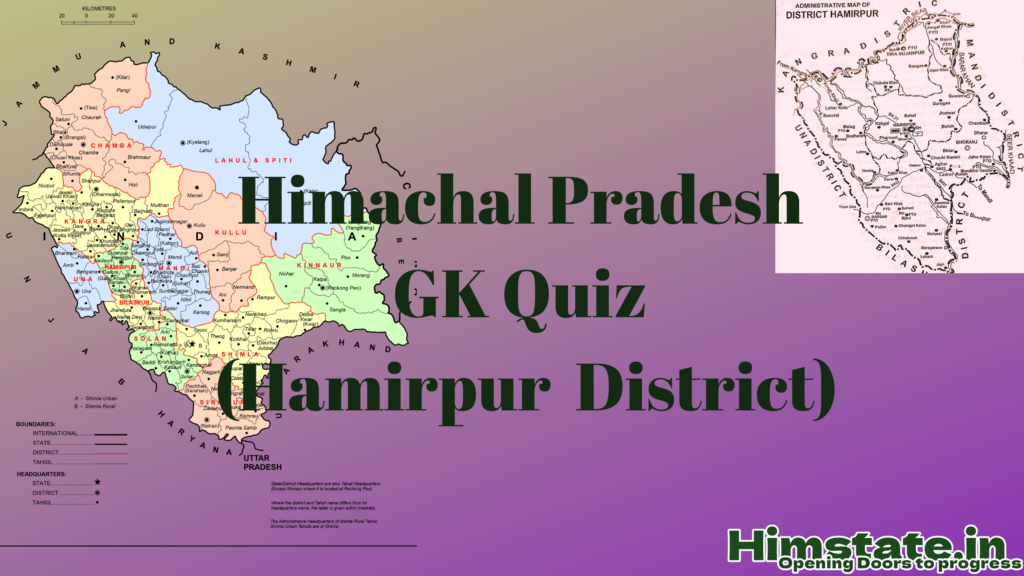The state of “Himachal Pradesh” is not just a land of mountains, rivers and beautiful scenic Himalayas. It is a living museum of cultures, languages, and traditions that have lived through centuries. But today, many of the tribal languages and dialects are on the verge of extinction. We should remember that “When a Language Dies, a World Dies With It”. Oral languages are passed from generation to generation through speech/daily conversations, not writing. For Himachal’s various indigenous tribes, these languages hold their folk songs, traditions, customs, and deep ecological knowledge. The disappearing of oral languages of Himachal is a cultural emergency as their disappearance would mean a loss of identity, memory, and legacy.
What Are Pahari Languages?
The term Pahari languages refers to a group of Indo-Aryan languages spoken across the Himalayan belt — from eastern Nepal through the Indian states of Uttarakhand, Himachal Pradesh, Jammu and Kashmir, and into parts of Pakistan. The word “Pahari” comes from “Pahar”, meaning mountain — reflecting the rugged, isolated regions where these languages evolved.
Broadly, Pahari languages are categorized into three groups:
- Eastern Pahari (e.g., Nepali)
- Central Pahari (e.g., Kumaoni and Garhwali)
- Western Pahari — mainly spoken in Himachal Pradesh and parts of Jammu.
While Eastern and Central Pahari languages like Nepali and Kumaoni have gained official recognition and wide use, it is the Western Pahari languages, particularly those of Himachal Pradesh, that today face a serious threat of extinction.
Himachali Pahari Languages
The Western Pahari languages (locally called “Pahari/Pahadi” or “Himachali”) are spoken predominantly across Himachal Pradesh, covering regions like Kullu, Mandi, Shimla, Chamba, Sirmaur, and Kangra.
Languages under this group include Mandeali, Mahasuvi, Kullui, Sirmauri, Bilaspuri, Kangri, Chambeali, Bhattiyali, Gaddi, and others were originally written in Tankri Script.
Despite their rich oral traditions, deep historical roots, and vibrant cultural expressions, these languages are vanishing rapidly. UNESCO classifies most Himachali Pahari languages as either “definitely endangered” or “critically endangered” — meaning young generations are not learning them anymore.
The history of Tankri Script and Cultural Identity
One important aspect related to Western Pahari languages is the historic Tankri (Takri) script.
- Tankri script evolved from the Sharada script around the 10th–11th century CE.
- Tankri was traditionally used to write many Pahari languages (Kangri, Chambeali, Mandeali, Gaddi, and other Pahari dialects) before being replaced by Devanagari.
- Tankri Script Lost prominence during British colonial rule and post-independence with the push toward Devanagari and Hindi.
- There have been modern efforts to revive Tankri as a way to preserve cultural and linguistic heritage.
- In a 2021 Public Interest Litigation (PIL) in Himachal Pradesh High Court, petitioners demanded that the government recognize Pahari (Himachali) as an official language and promote the Tankri script as a unified writing system for these endangered languages.
The court responded positively, advising the petitioners to work with the Department of Language, Art, and Culture to research a common Pahari language structure and nuclear Tankri script.
A Struggle for Recognition
There have been efforts to officially recognize “Pahari (Himachali)” by including it in the Eighth Schedule of the Indian Constitution — which would provide these endangered languages with legal protection and promotion.
However, despite resolutions passed by the Himachal Pradesh Vidhan Sabha and public interest litigations (PILs) filed in the High Court, the demand remains unfulfilled till today.
The disappearance of these languages would mean not just the loss of words but the loss of unique cultural identities, traditional wisdom, oral histories, and entire worldviews shaped by the Himalayan life.
Major Himachali Pahari Languages and there Endangerment Status
| Language | Main Region (District) | Speakers (approx.) | Endangerment Status |
|---|---|---|---|
| Kangri | Kangra, Hamirpur, Una | 13–15 lakh | Definitely Endangered |
| Mandeali | Mandi | 7–8 lakh | Definitely Endangered |
| Mahasuvi | Shimla, Solan, Sirmaur | 4–5 lakh | Definitely Endangered |
| Kullvi | Kullu | 2–2.5 lakh | Definitely Endangered |
| Sirmauri | Sirmaur (Lower Sirmaur belt) | 2 lakh | Definitely Endangered |
| Bilaspuri | Bilaspur | 2 lakh | Vulnerable |
| Chambeali | Chamba | 1.5 lakh | Definitely Endangered |
| Bhattiyali | Bhattiyat region, Chamba | 80,000 | Definitely Endangered |
| Pangwali | Pangi valley, Chamba | 20,000 | Critically Endangered |
| Gaddi (Bharmauri) | Bharmaur region, Chamba | 60,000 | Definitely Endangered |
| Hinduri | Nalagarh (Solan) | Less than 20,000 | Severely Endangered |
| Churahi | Churah valley, Chamba | 30,000 | Definitely Endangered |

Are They Languages or Dialects?
This is a controversial and sensitive topic. While these are often officially referred to as “dialects” of Hindi, many linguists and locals argue they are distinct languages with their own phonology, grammar, and rich oral traditions.
In fact, the People’s Linguistic Survey of India and UNESCO have recognized some of these as separate languages, some of which are classified as “Vulnerable” or “Definitely Endangered.”
Most Himachali Pahari languages don’t have a written script of their own and rely on oral transmission, making them more susceptible to extinction in the modern age of education, digital communication, and mass migration.
Why These Languages Are Disappearing
what is the reason, languages are disappearing? — it is the result of multiple social, educational, and policy factors that have accumulated over generations. Here’s a closer look at the major reasons:
Urban Migration
In recent decades, economic shifts have pushed younger generations to migrate from villages and small towns to larger cities for better employment, education, and lifestyle opportunities. As families settle in urban centers, the daily use of native dialects diminishes. Children grow up speaking Hindi or English at school and with peers, leading to a generational break in linguistic transmission.
Educational Gap
Formal education in Himachal Pradesh — like much of India — overwhelmingly prioritizes Hindi and English. Local Pahari dialects find no place in school curricula. Without structured learning opportunities, young learners never get a chance to formally read, write, or understand their ancestral tongues. Over time, this erodes not just fluency but the cultural knowledge embedded in the language.
Absence of Script
Many Himachali Pahari languages traditionally relied on oral transmission and had limited historical use of scripts like Tankri. However, as Tankri fell into disuse and Devanagari replaced it without proper adaptation, a crucial bridge for preserving these languages was lost. Languages without a standardized or promoted script struggle to survive in the modern, digital-first world.
Dominance of Hindi and English
Hindi and English have become the “languages of progress” — dominating education, government, media, and even everyday communication. Children are often discouraged, sometimes unintentionally, from speaking their native dialects in favor of these “mainstream” languages. Over time, Pahari dialects are perceived as less useful or less prestigious, hastening their decline.
Lack of State Policy Support
Despite multiple demands, Western Pahari languages remain unrecognized under the Eighth Schedule of the Indian Constitution. This absence of official recognition means no formal funding, no compulsory preservation programs, and no efforts to include these languages in education or governance. Without institutional support, community-led preservation efforts struggle to sustain momentum.
Save the Voices of Himachal Pradesh
The languages of Himachal Pradesh are more than just words — they are living carriers of history, identity, and ancestral wisdom. Each disappearing dialect is a chapter of our collective story that risks being erased forever.
If we do not act now, future generations will only read about these languages in history books — never hearing their melodies, never feeling their soul.
Let us take small but meaningful steps:
- Speak in your native dialects at home.
- Record the stories, songs, and memories of your elders.
- Support efforts to revive the Tankri script and local language education.
- Advocate for the recognition and preservation of Himachali Pahari languages.
Sources & References:
Linguistic Survey of India: Himachal Pradesh, Office of the Registrar General & Census Commissioner, India (2022 Edition).
UNESCO Atlas of the World’s Languages in Danger, United Nations Educational, Scientific and Cultural Organization.




